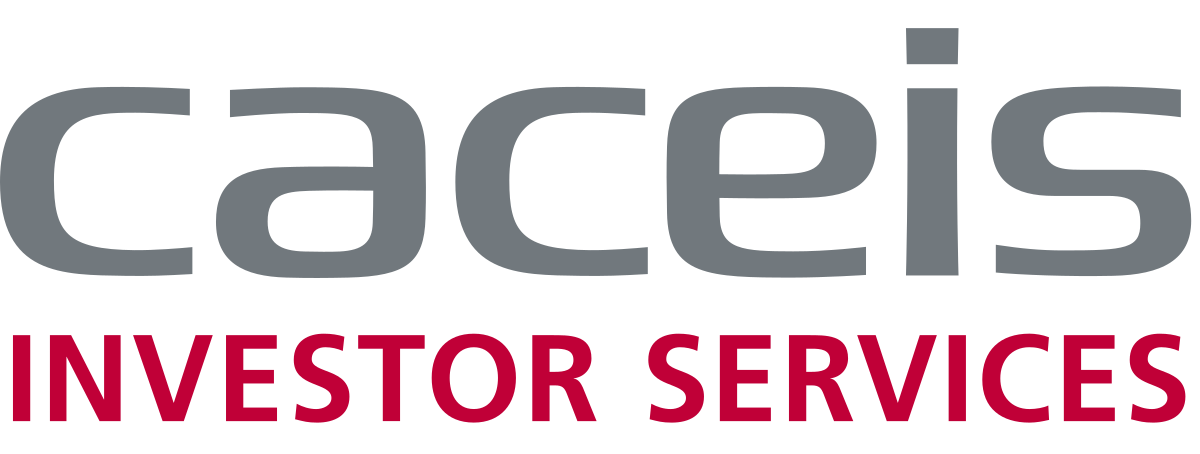
In this article, Alexandre GANNE (ESSEC Business School, Global Bachelor in Business Administration (GBBA), 2025) shares key insights from his bachelor thesis on blockchain technology and its implications for traditional banking systems.
Introduction
This post is the result of a year-long academic research project conducted as part of my final thesis at ESSEC Business School. It explores how the growing adoption of blockchain technology is redefining core principles of traditional financial systems and the strategic implications this transformation holds for banking institutions.
The disruptive nature of blockchain
Blockchain is often described as the cornerstone of the next technological revolution in finance. It allows for the decentralization of data storage and value exchange, eliminating the need for central authorities to validate transactions. With distributed consensus mechanisms and cryptographic security, blockchain systems can operate autonomously and transparently. These features make it not just a new tool, but a foundational shift that could reshape core banking functions such as recordkeeping, interbank transfers, and credit issuance. Its key characteristics, immutability, programmability, disintermediation, and transparency, pose significant challenges to the centralized model of traditional finance.
From intermediation to decentralization
One of blockchain’s most radical promises is disintermediation. Traditional financial systems are heavily reliant on intermediaries such as banks, brokers, and clearinghouses to establish trust and validate transactions. Blockchain introduces the ability to execute trustless peer-to-peer exchanges using cryptographic proofs and decentralized ledgers. For example, platforms like Ethereum enable the deployment of smart contracts, self-executing programs that automatically enforce the terms of a contract without human intervention, drastically reducing friction and cost.
Security and auditability
Unlike traditional databases that are vulnerable to manipulation or single points of failure, blockchain offers a tamper-proof and chronologically auditable data structure. This makes it a valuable tool for regulatory compliance and fraud prevention.
Implications for the banking sector
Custody and settlement
Traditional banks act as intermediaries for the settlement of securities and custody of assets. Blockchain-based tokenization could eliminate the need for such intermediaries by allowing real-time settlement and direct ownership recording on-chain.
Compliance
Know Your Customer (KYC) and Anti-Money Laundering (AML) procedures are critical, yet often duplicative and costly for financial institutions. Blockchain can streamline these processes by allowing users to maintain a single, verified digital identity that can be securely shared across multiple entities. Through permissioned blockchain networks, institutions can access and update identity records in real time, increasing efficiency while maintaining regulatory compliance. Additionally, immutable audit trails enhance traceability and accountability.
New business models
The rise of decentralized finance (DeFi) introduces new paradigms in financial services, automated lending, yield farming, insurance, and derivatives, all operating without traditional intermediaries. In response, incumbent banks are exploring strategic partnerships, investments in blockchain startups, and internal initiatives to tokenize assets or build proprietary custodial solutions. Hybrid models, blending regulated infrastructure with decentralized services, are likely to emerge as a dominant trend over the next decade.
Why should I be interested in this post?
For any ESSEC student or finance professional interested in the frontier of financial innovation, this article distills the key findings of a year-long academic thesis dedicated to understanding how blockchain is transforming our industry. It bridges theory and practice, highlighting both opportunities and risks. As regulators, institutions, and entrepreneurs continue to shape the future of financial systems, understanding blockchain is no longer optional, it is essential to navigate and lead in tomorrow’s economy.
Related posts on the SimTrade blog
▶ Nithisha CHALLA Top financial innovations in the 21st century
▶ Youssef EL QAMCAOUI Decentralized finance (DeFi)
▶ Snehasish CHINARA Cardano: Exploring the Future of Blockchain Technology
▶ Snehasish CHINARA Solana: Ascendancy of the High-Speed Blockchain
▶ Snehasish CHINARA Ethereum – Unleashing Blockchain Innovation
Useful resources
BIS – The implications of decentralised finance
ECB Blockchain
FSB The Financial Stability Risks of Decentralised Finance
About the author
The article was written in May 2025 by Alexandre GANNE (ESSEC Business School, Global Bachelor in Business Administration (GBBA), 2025).


